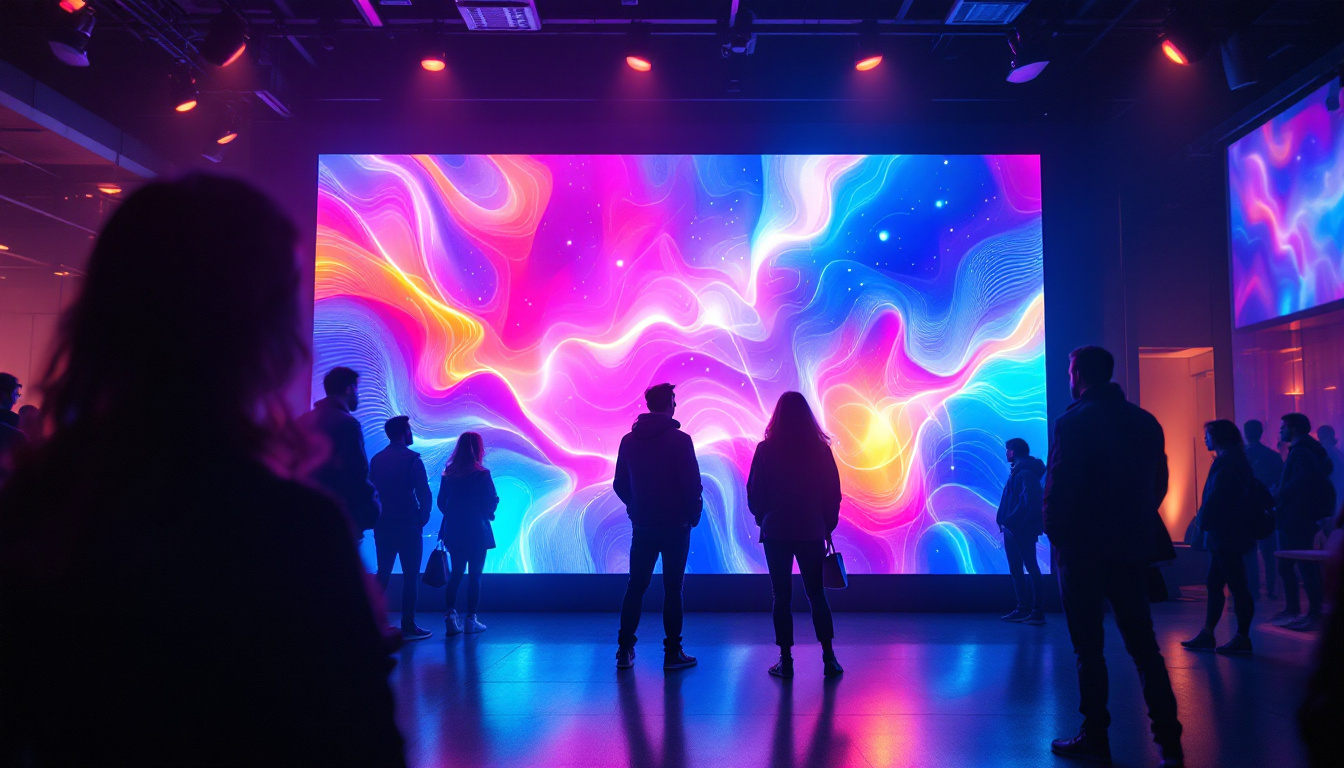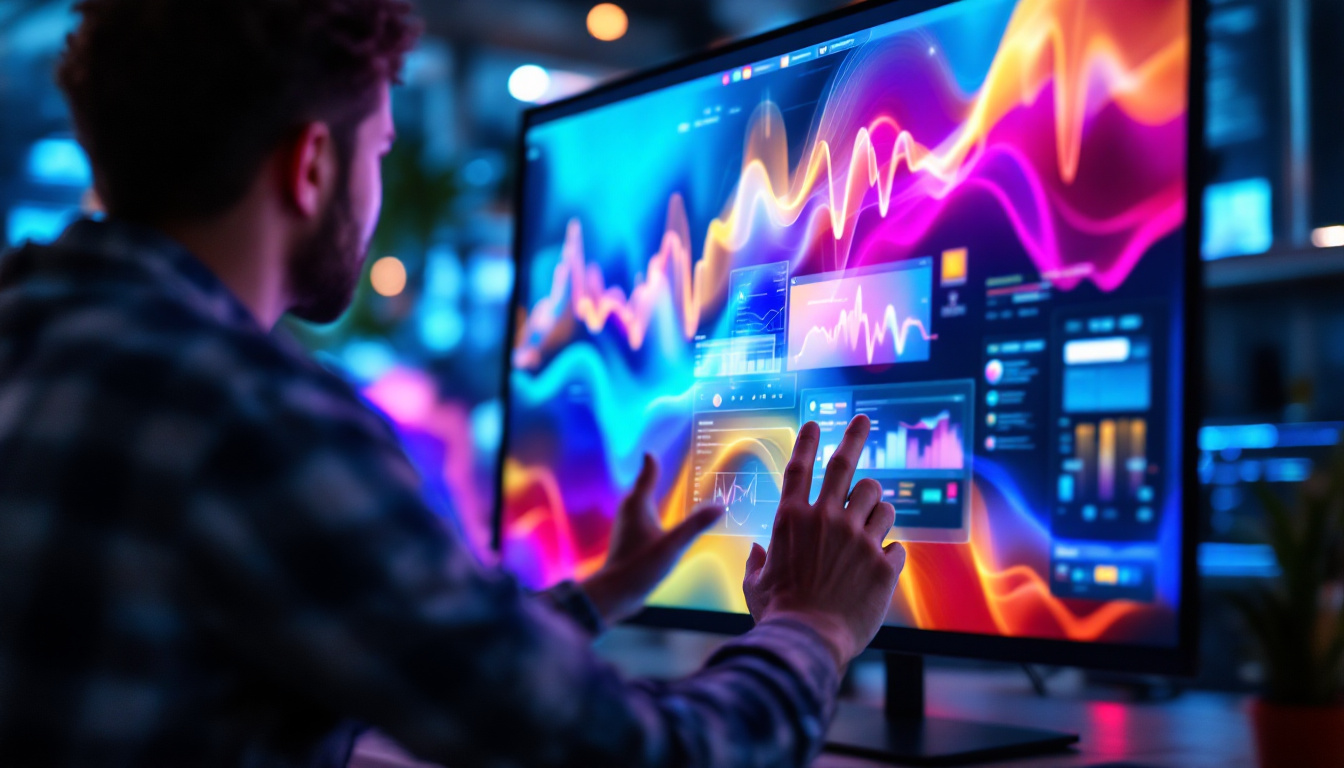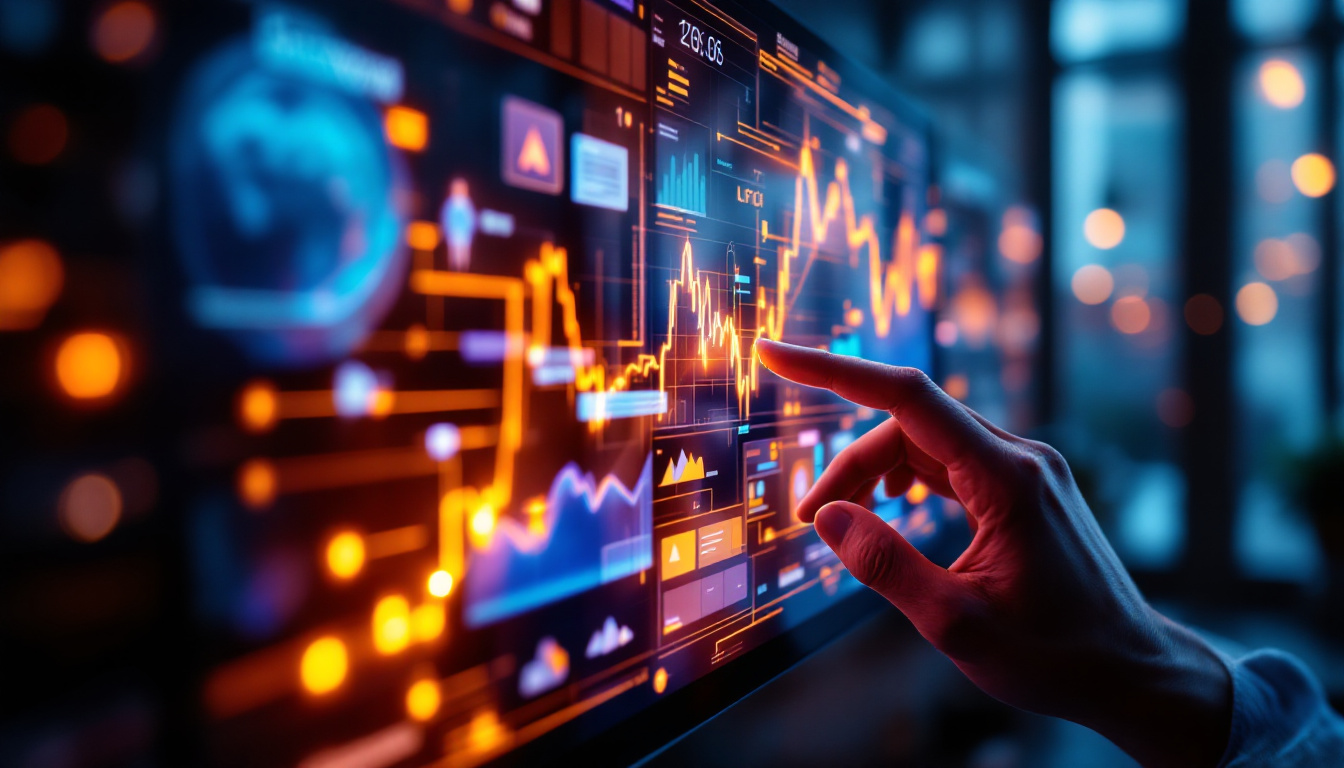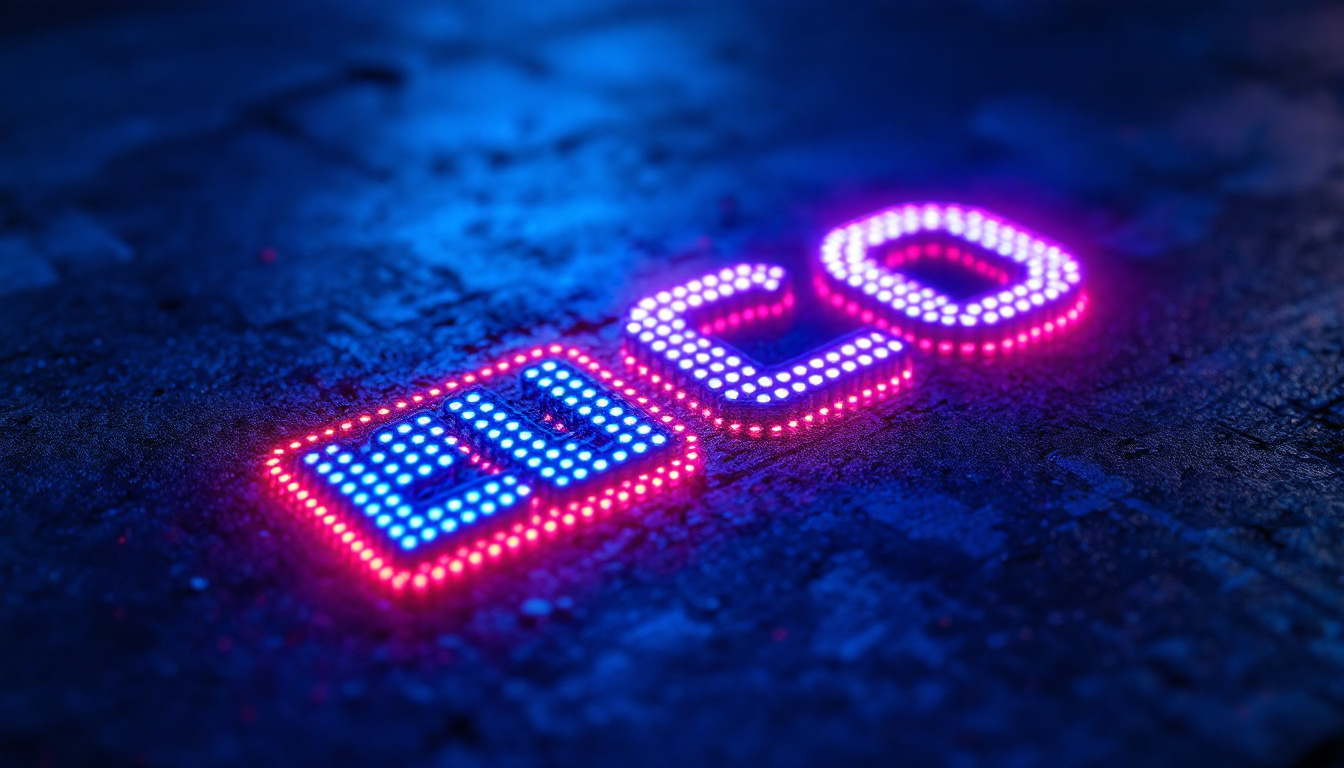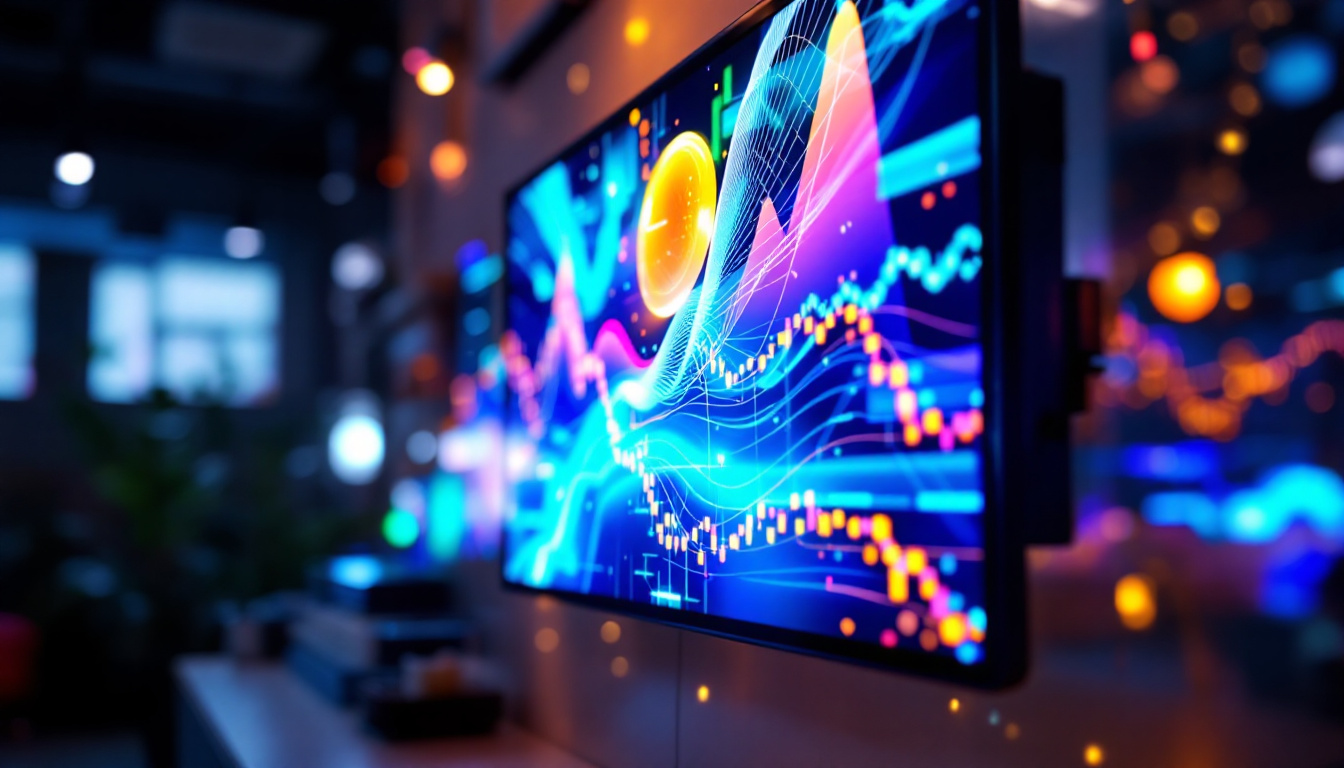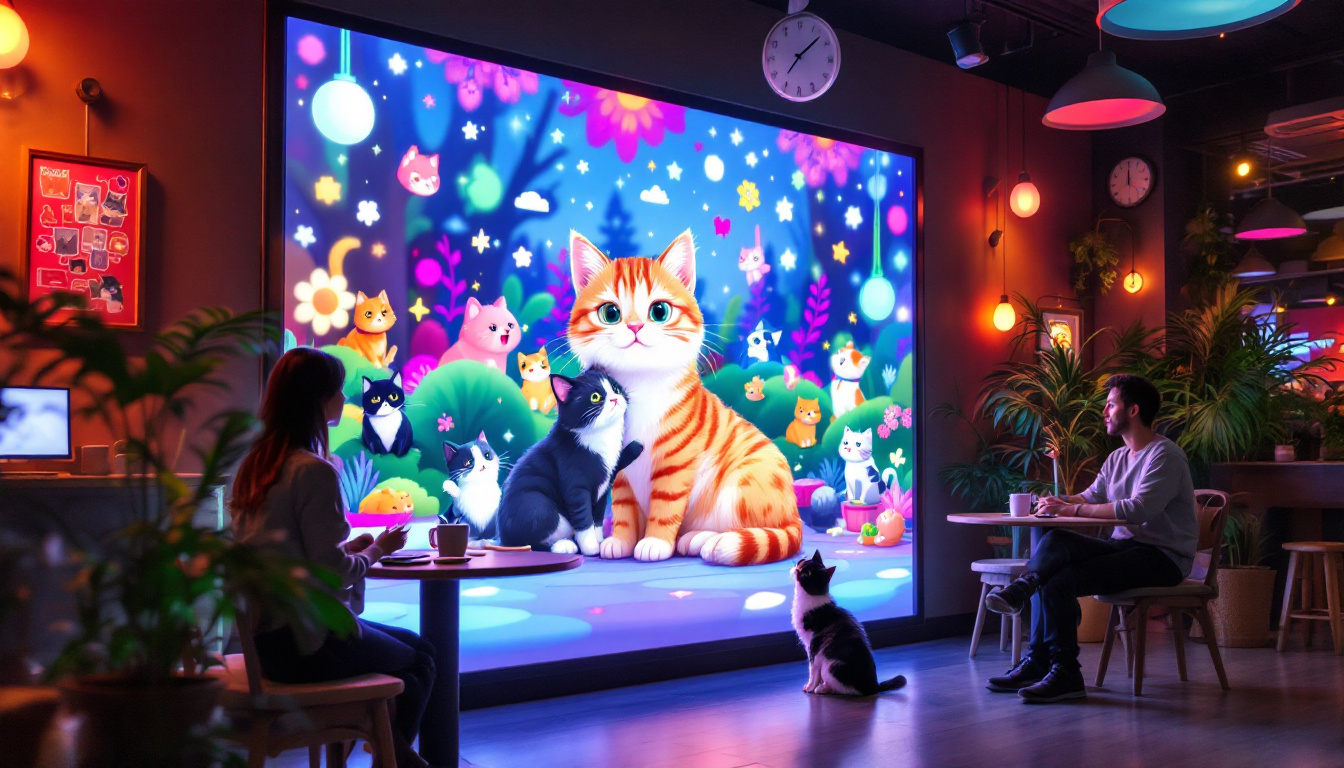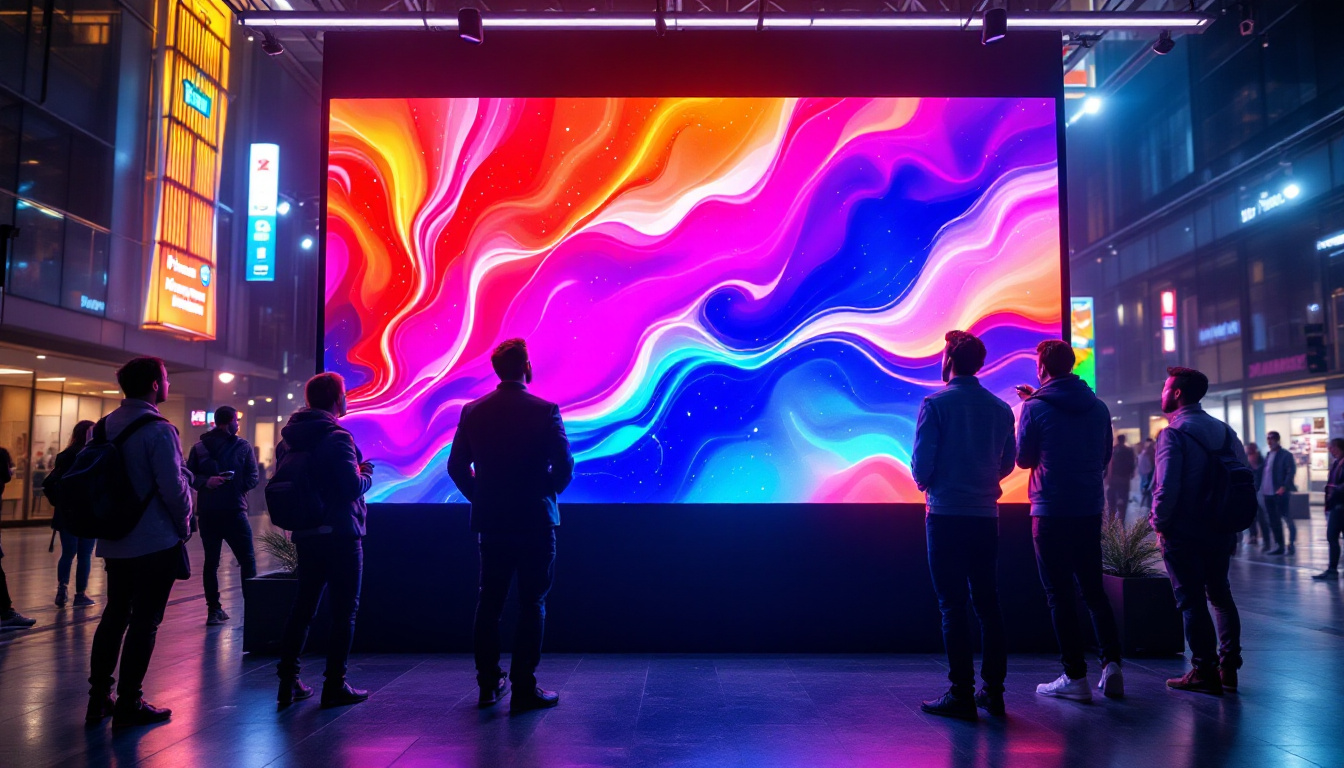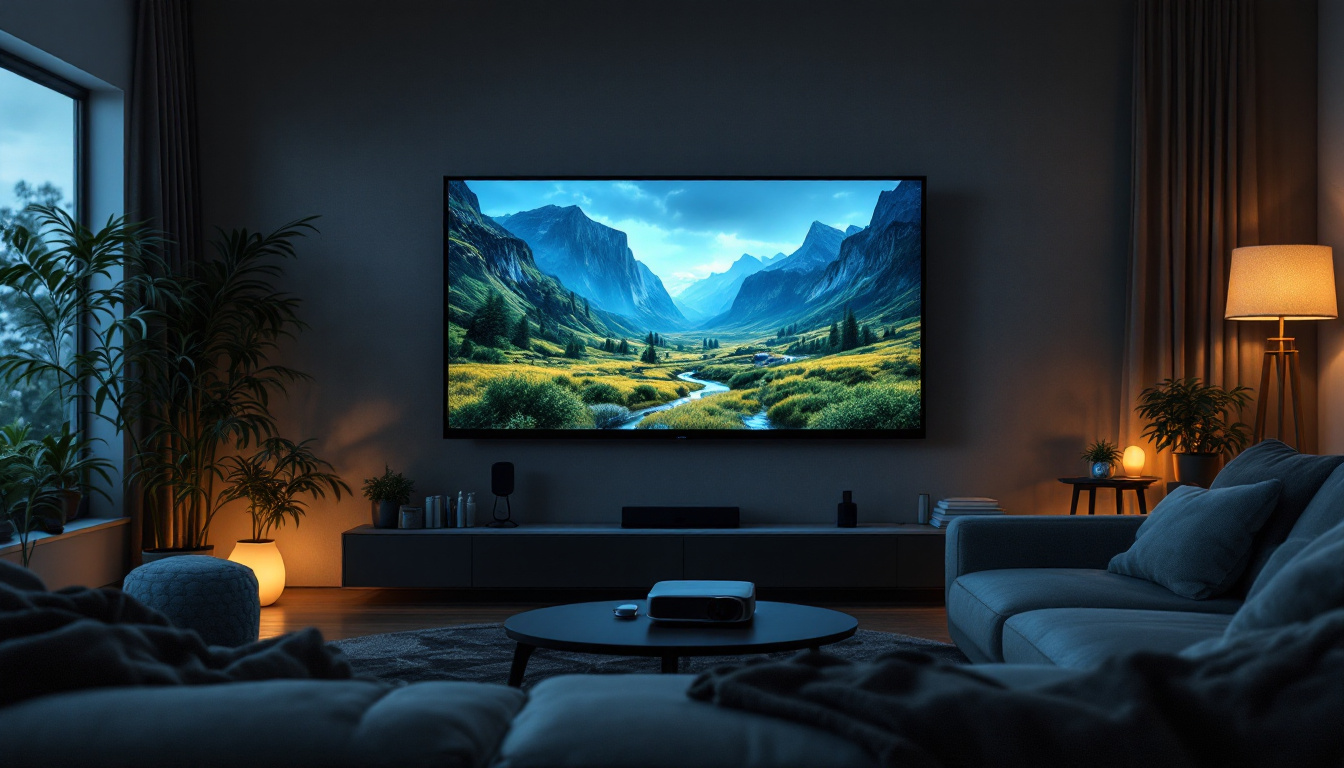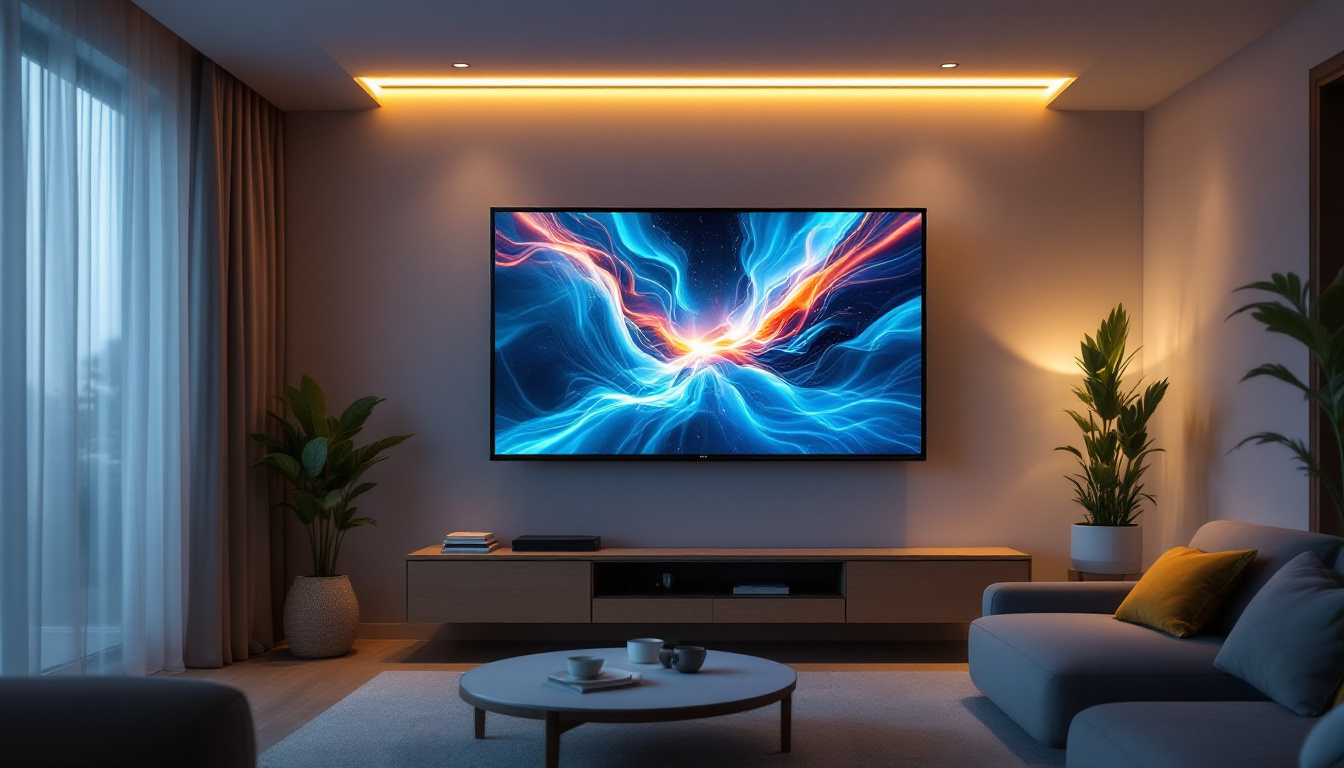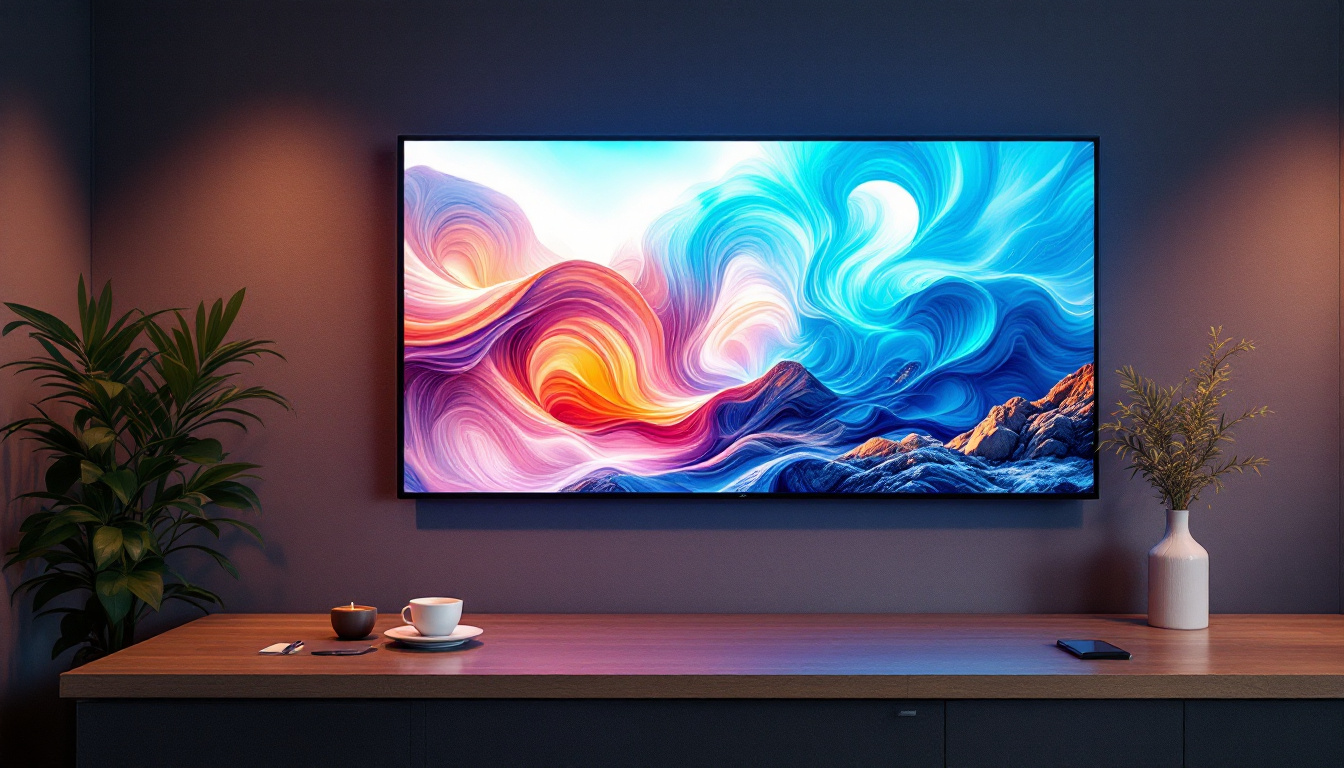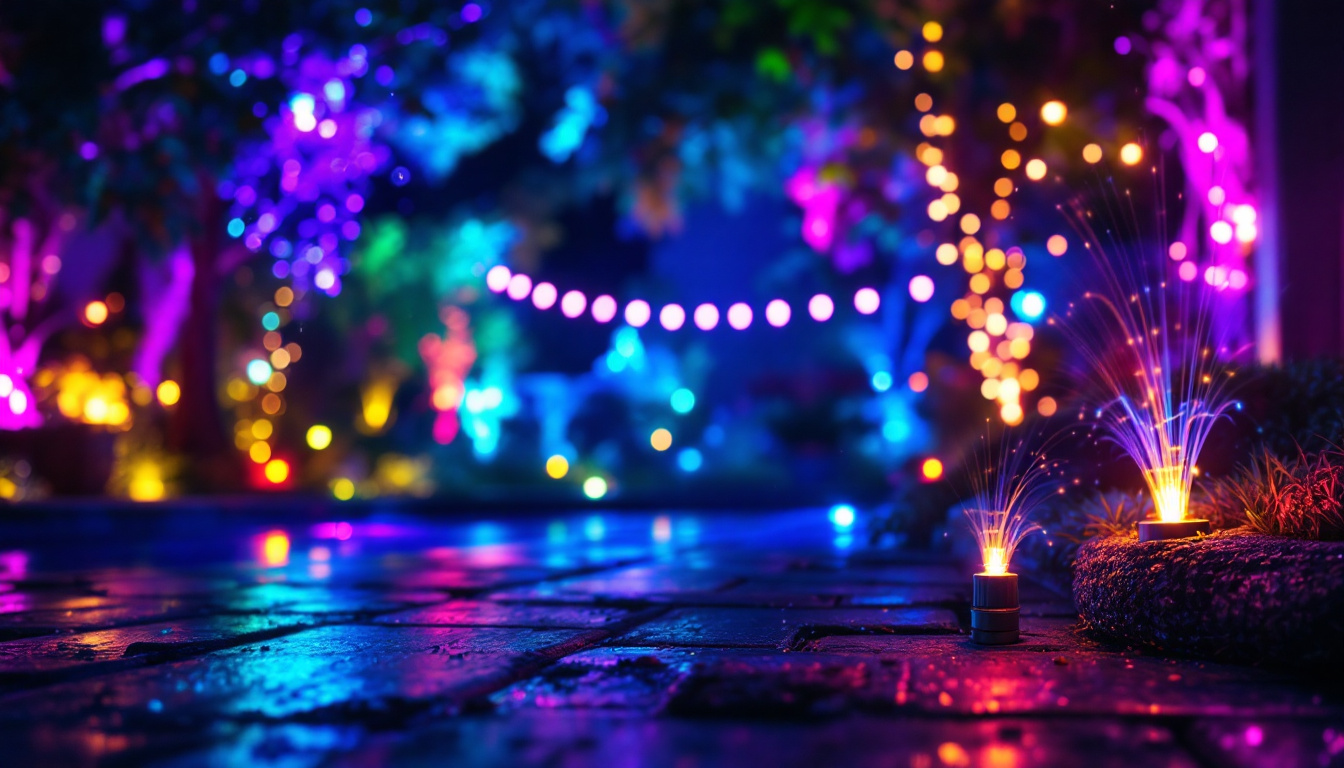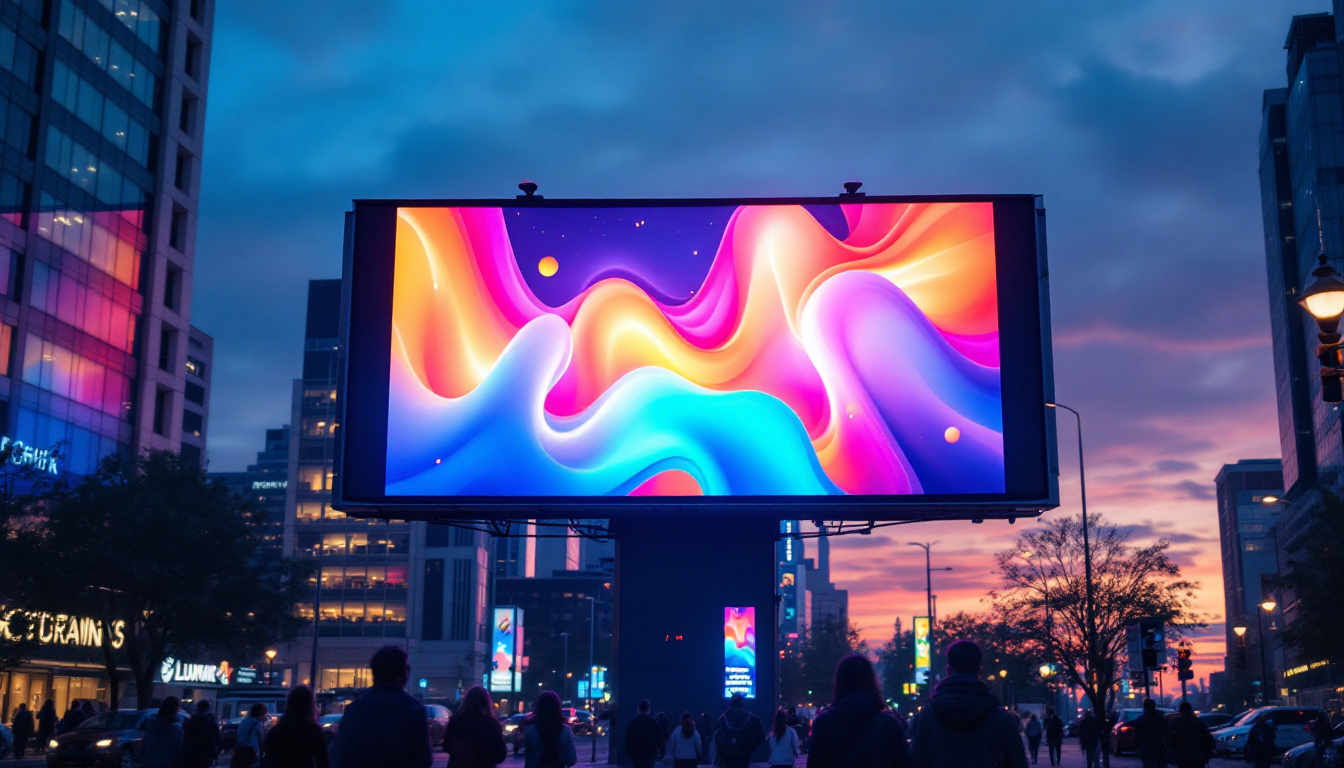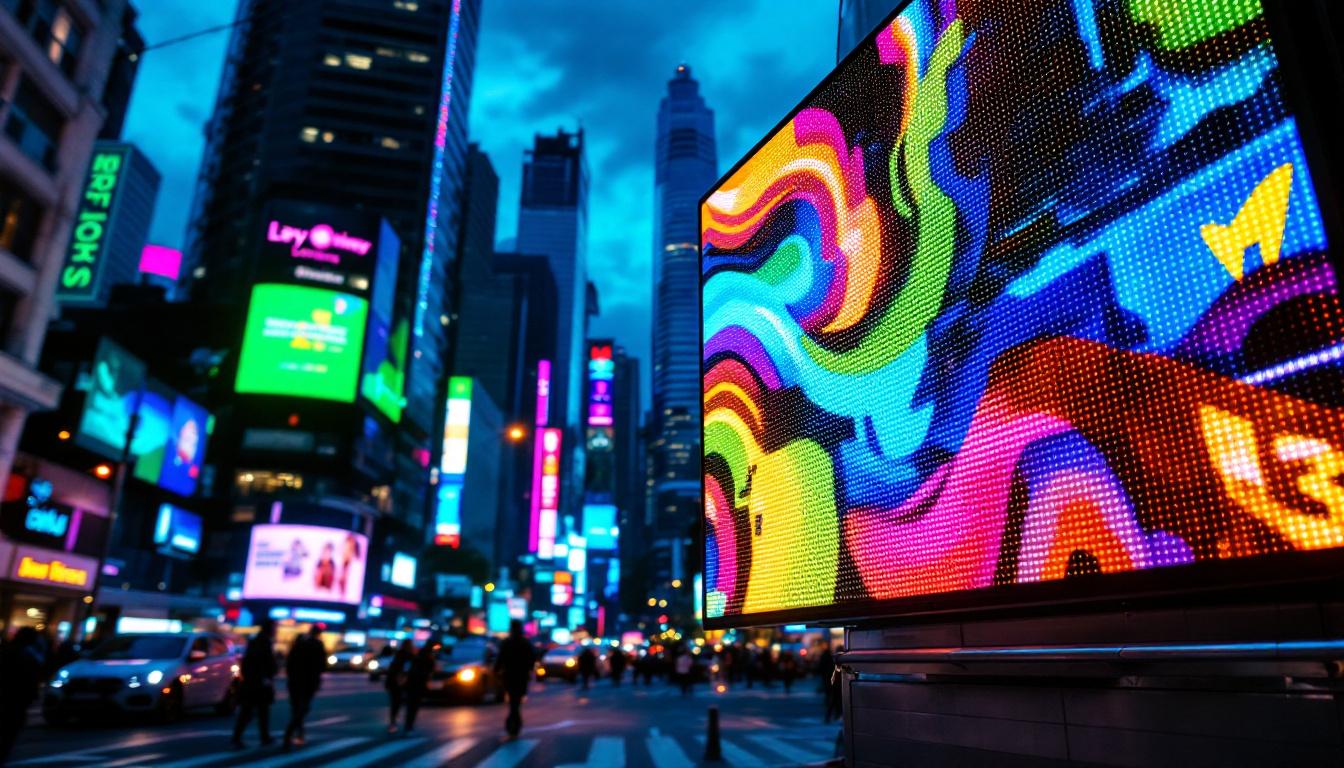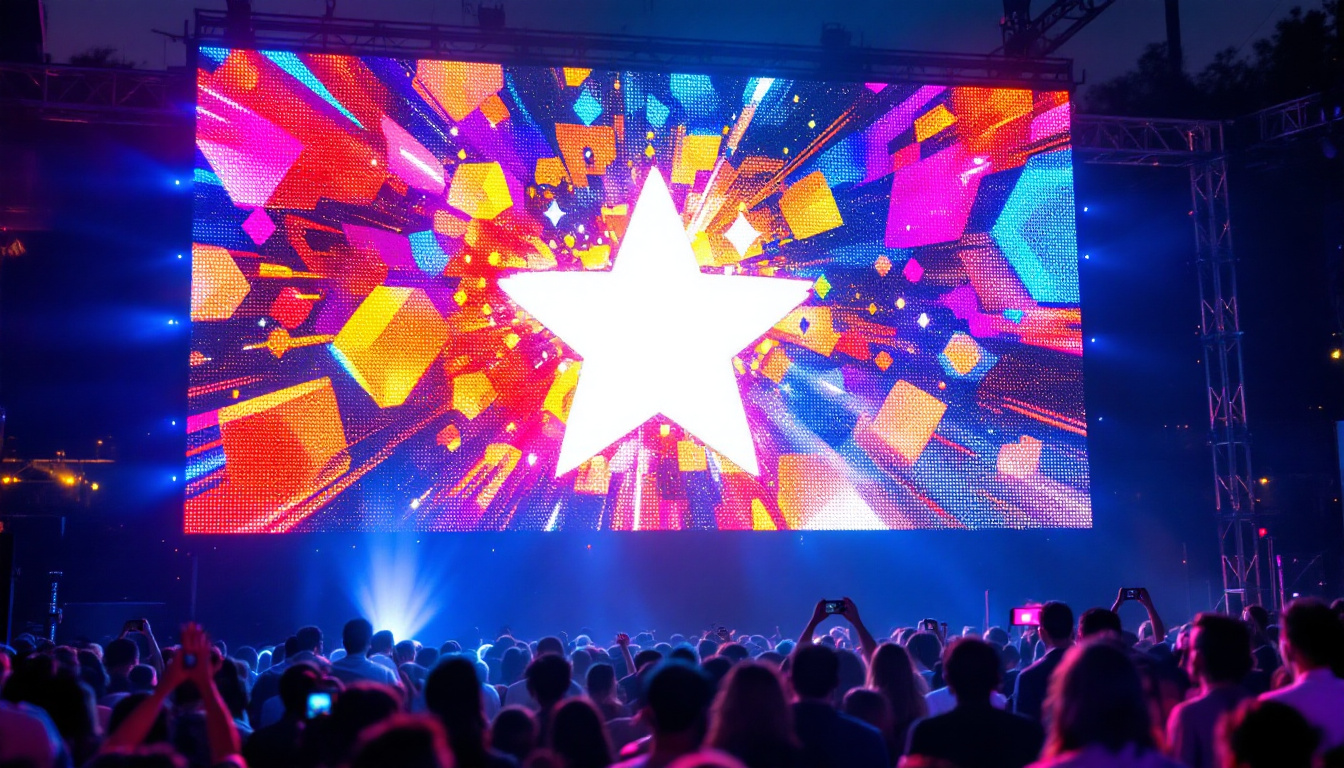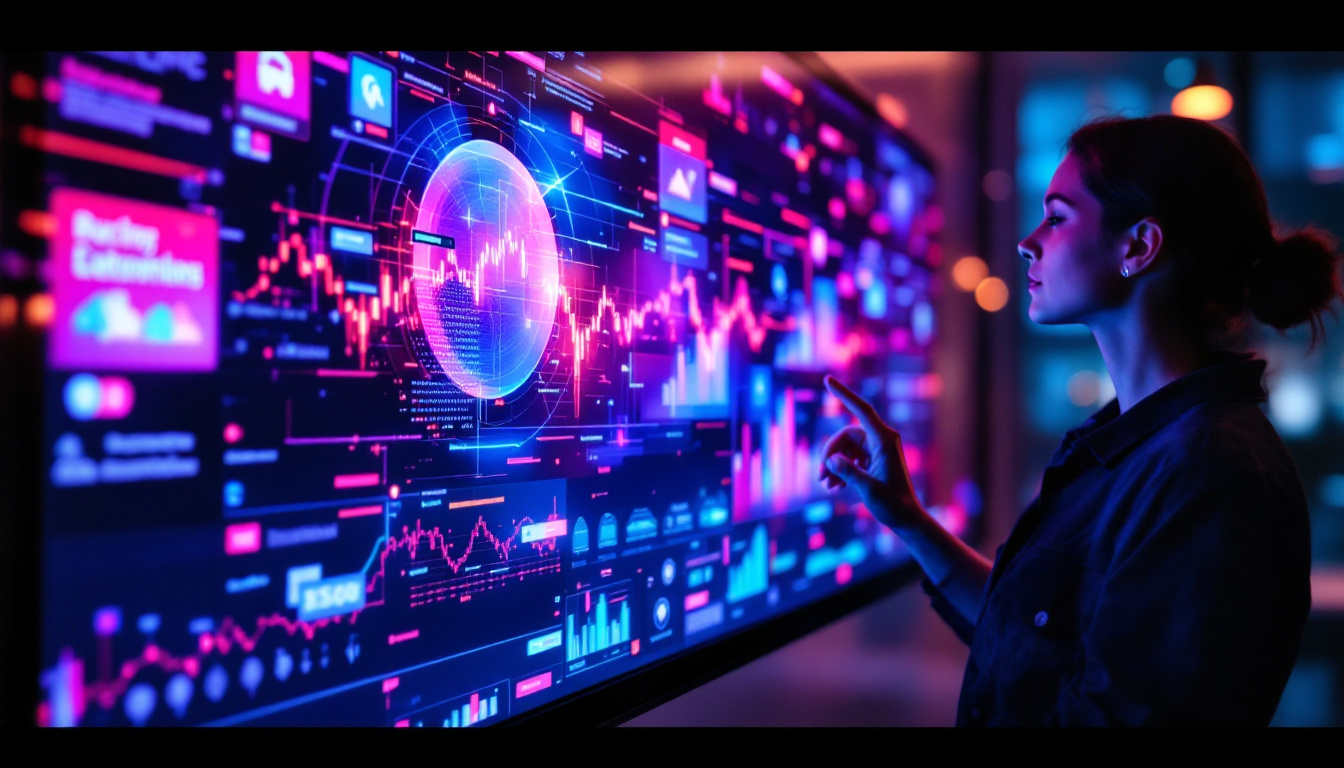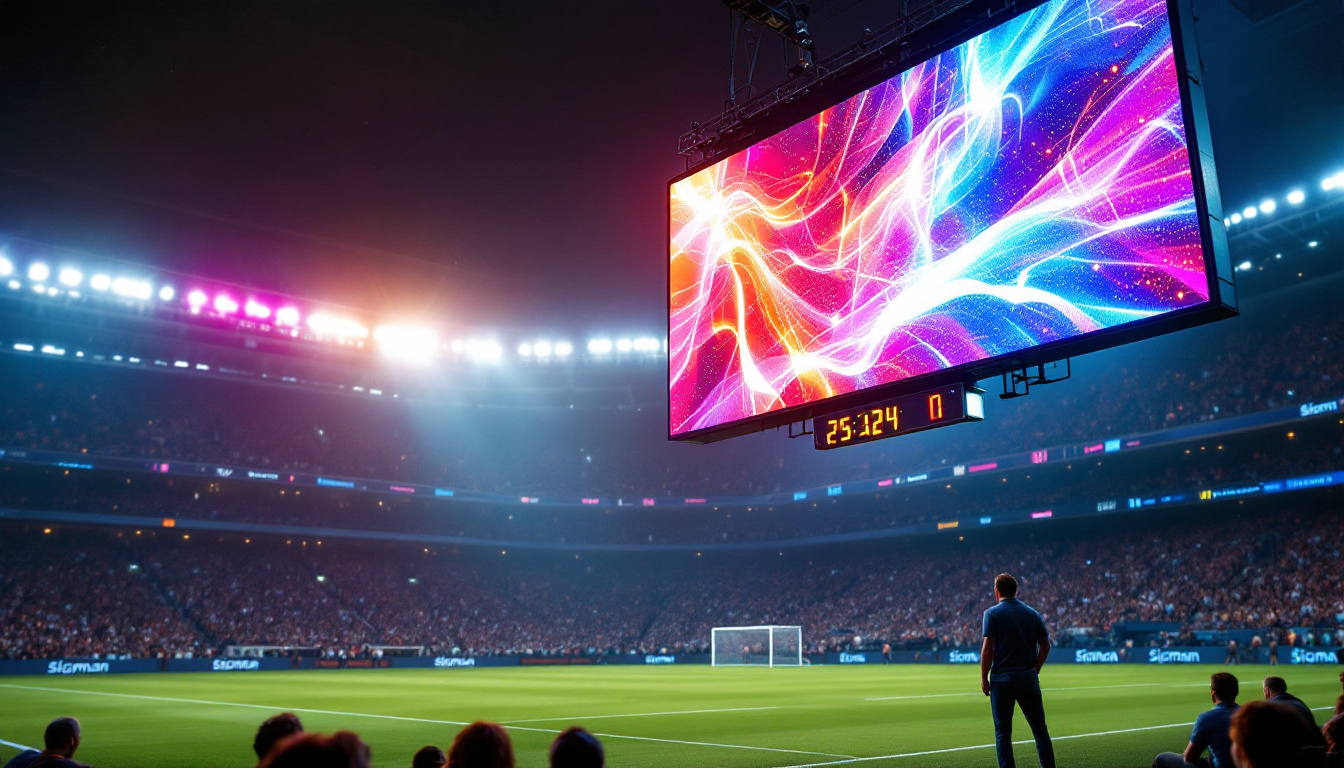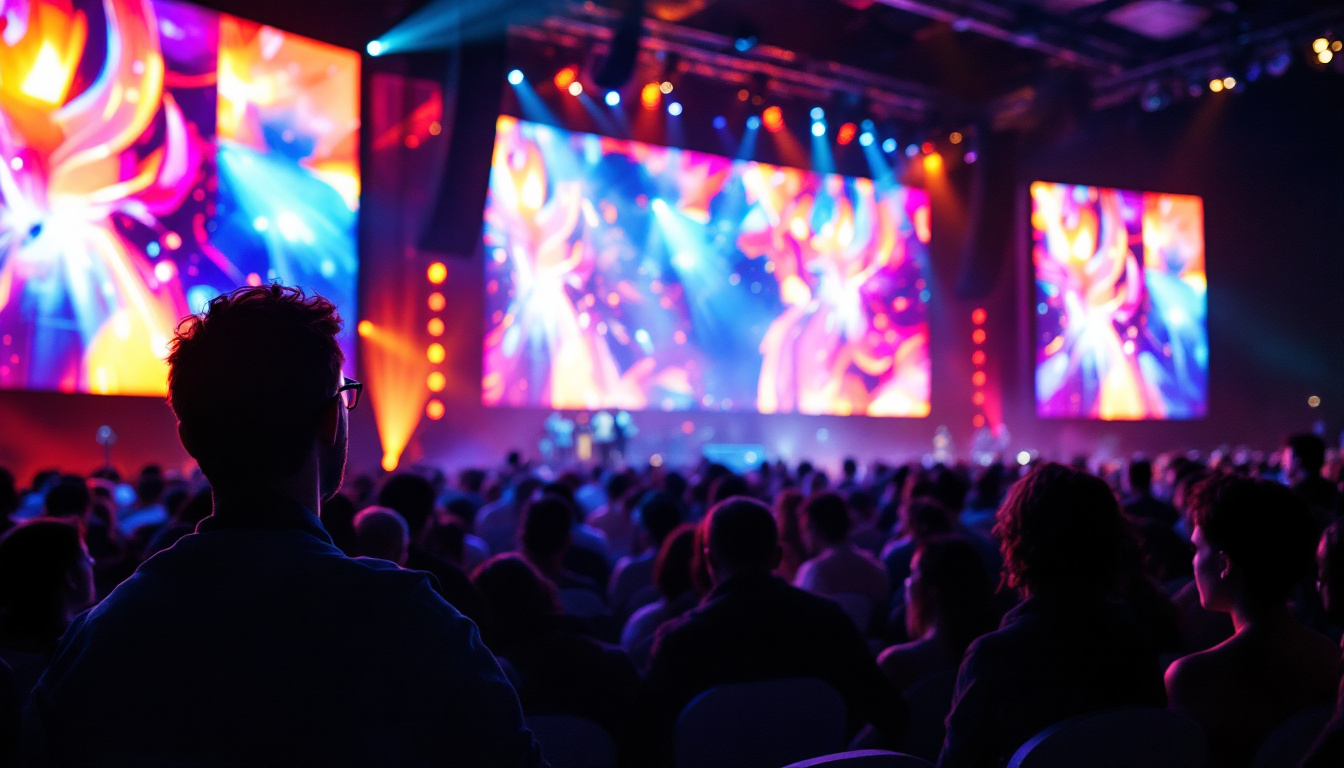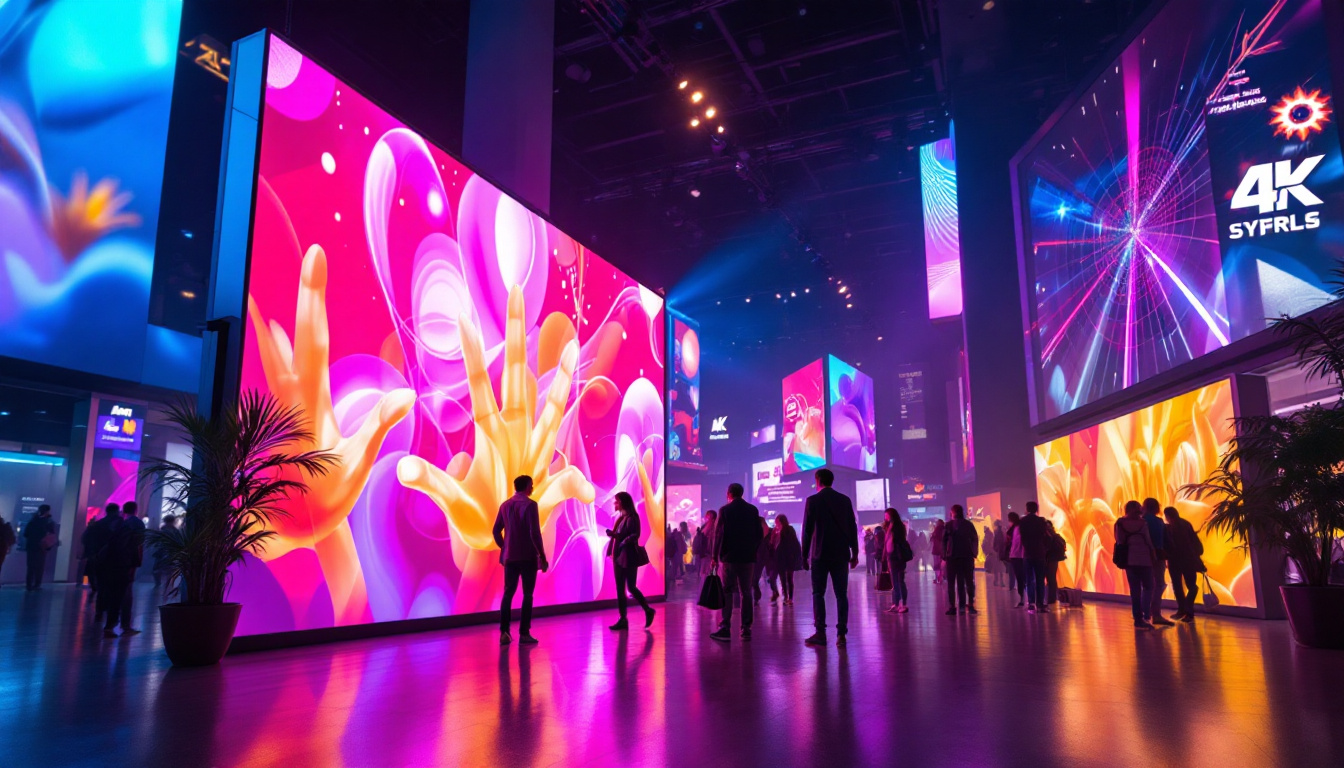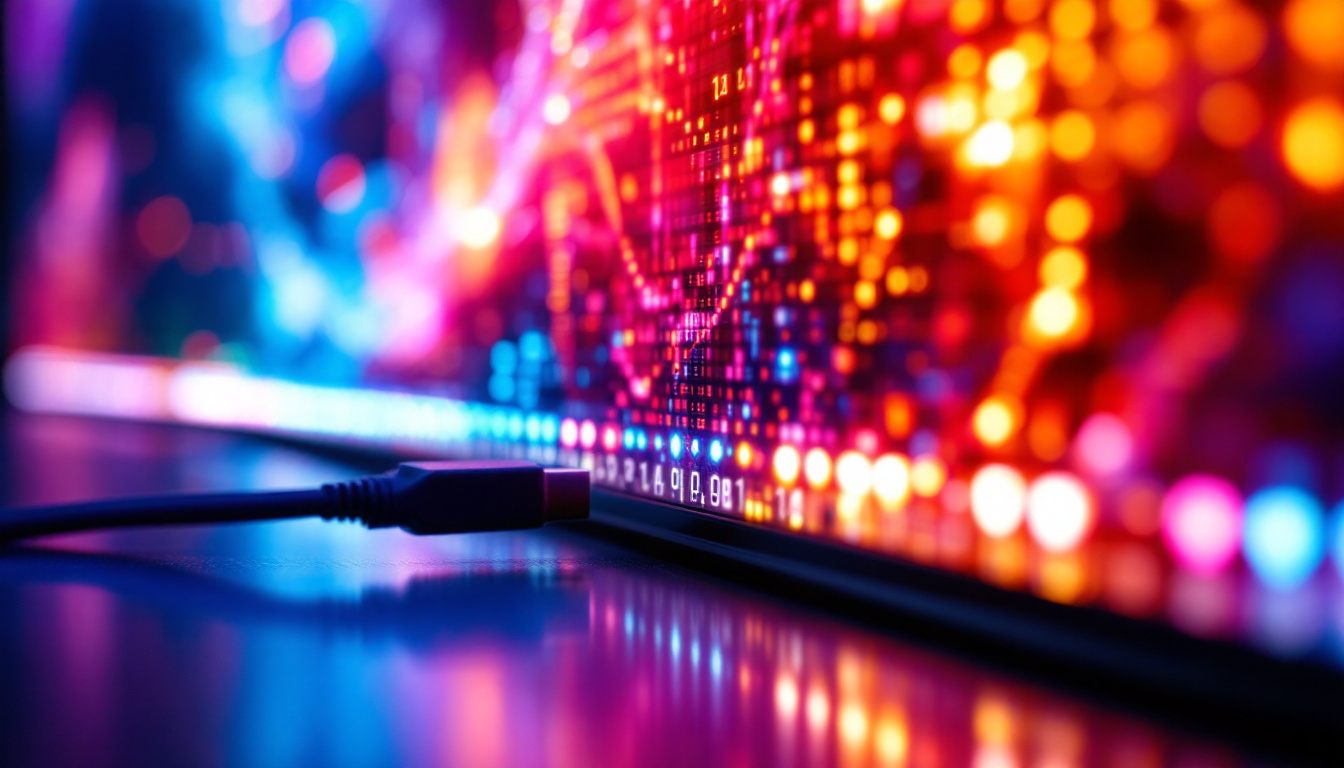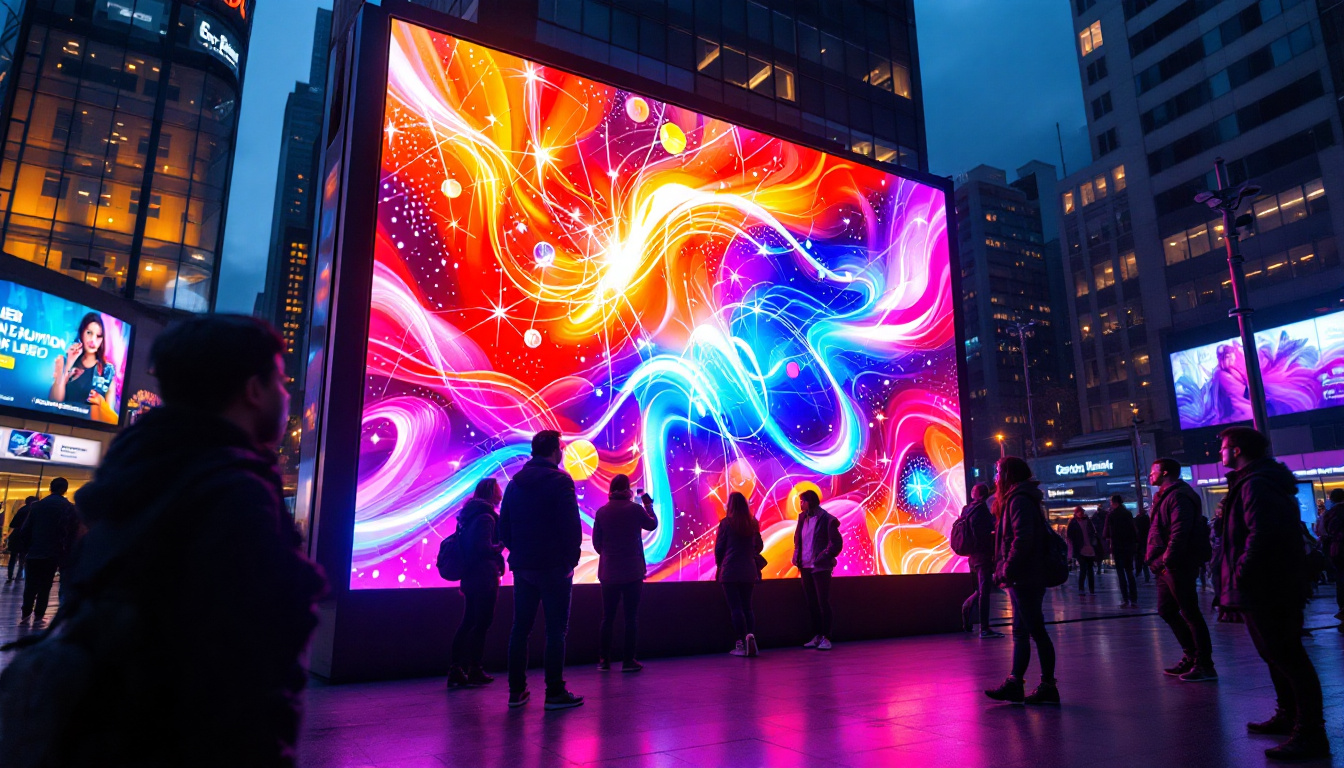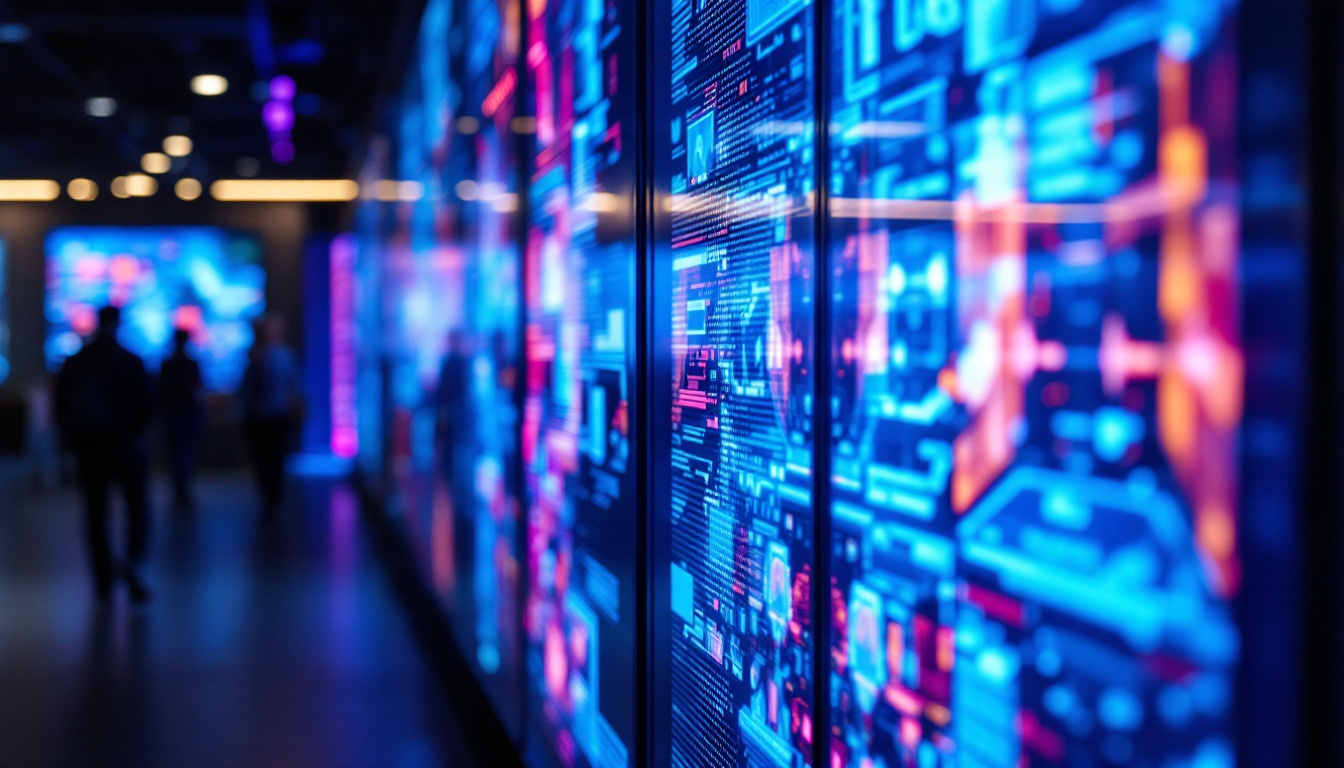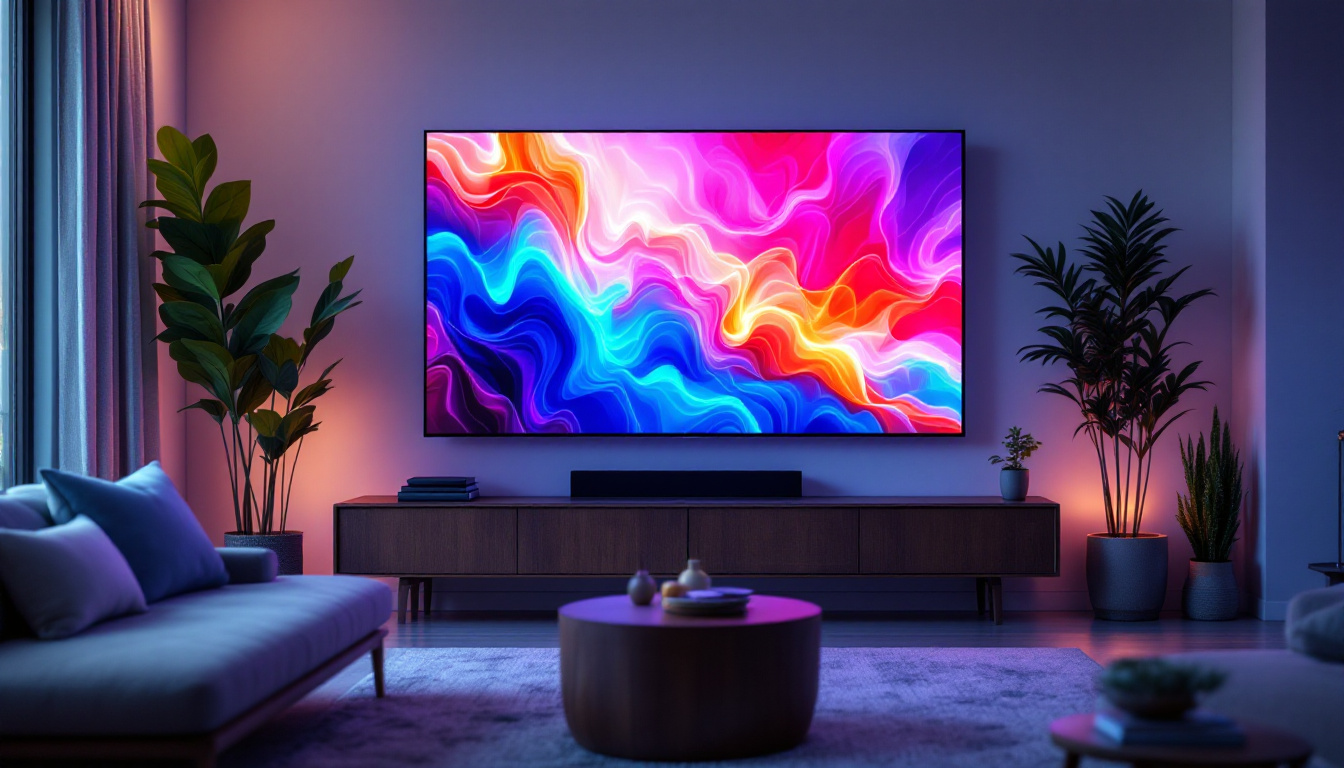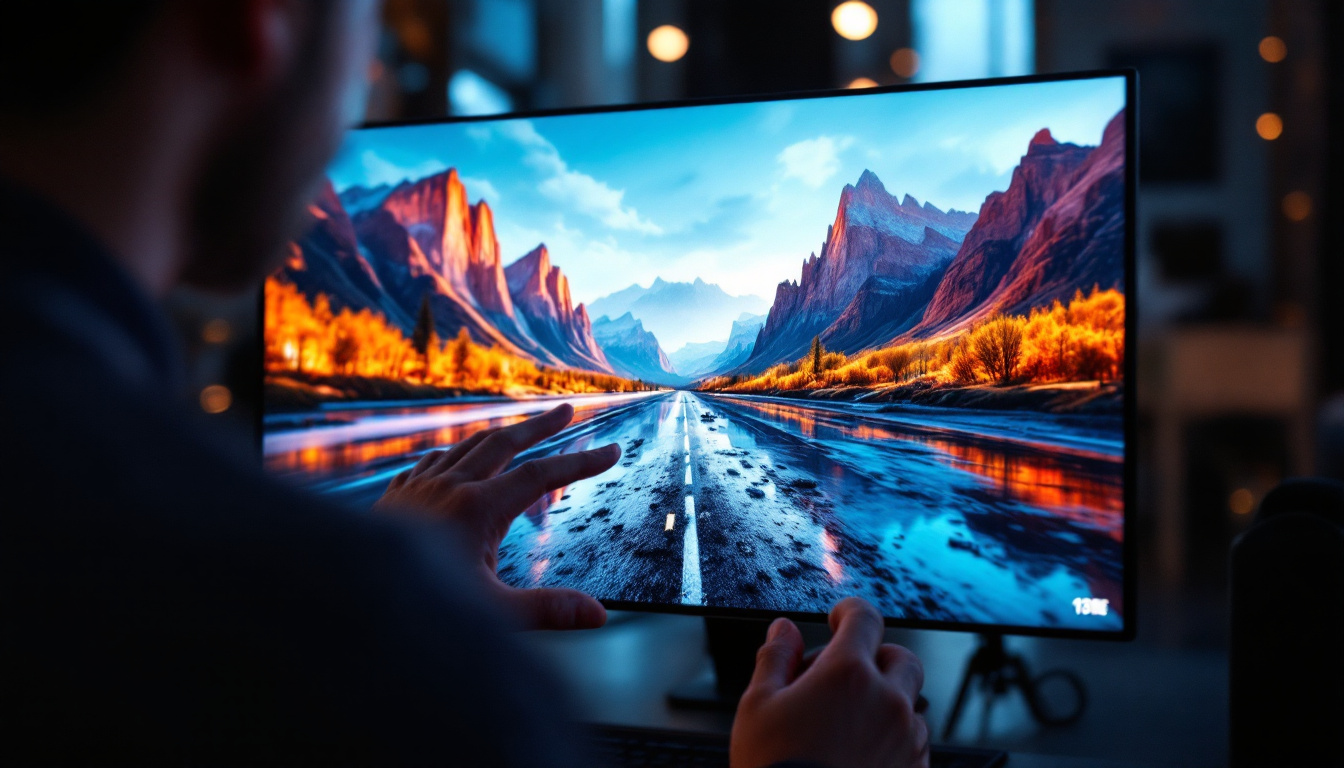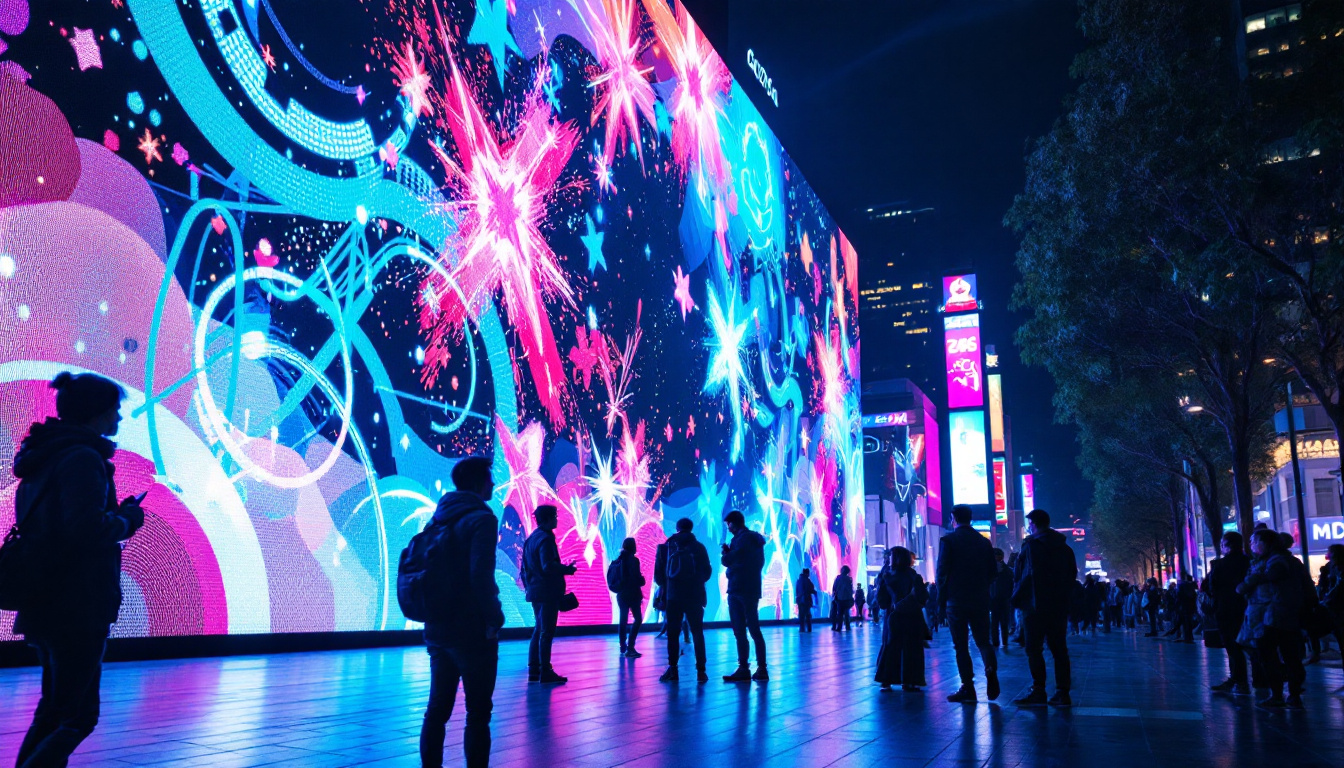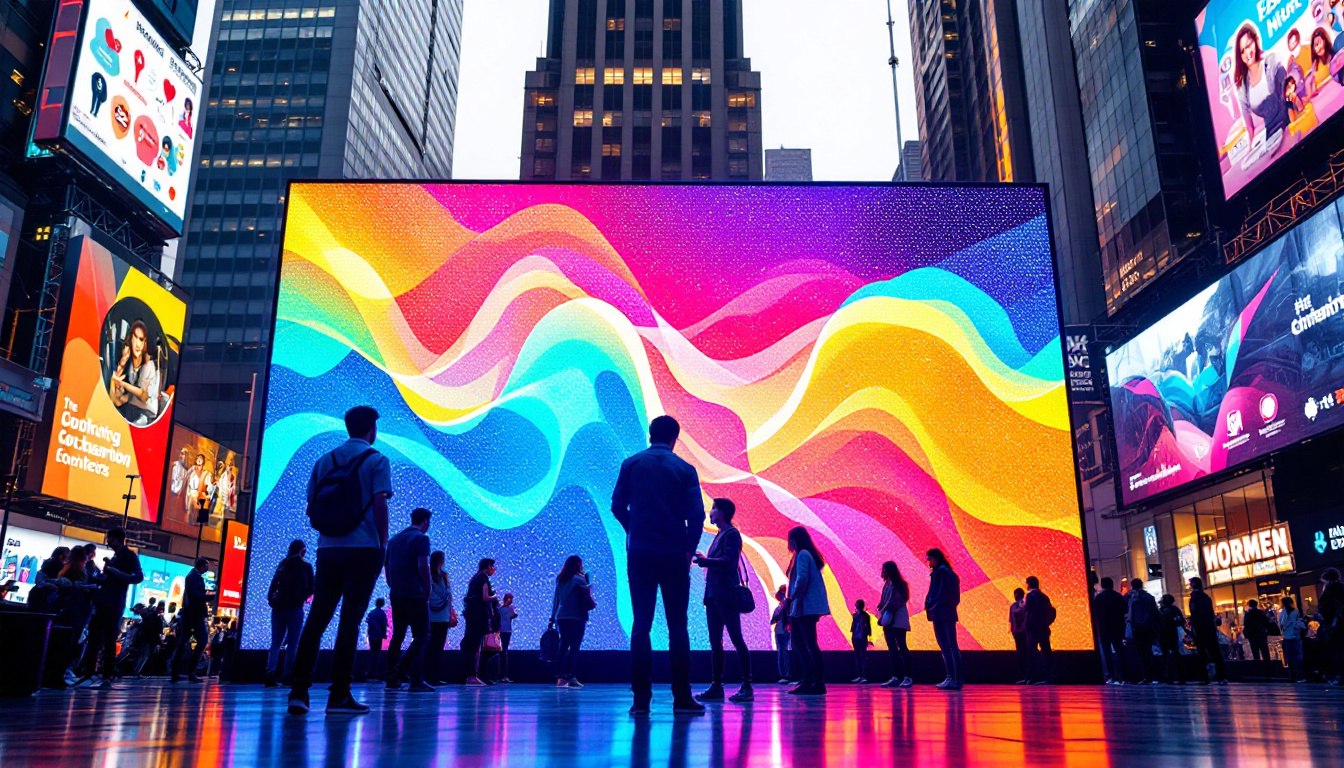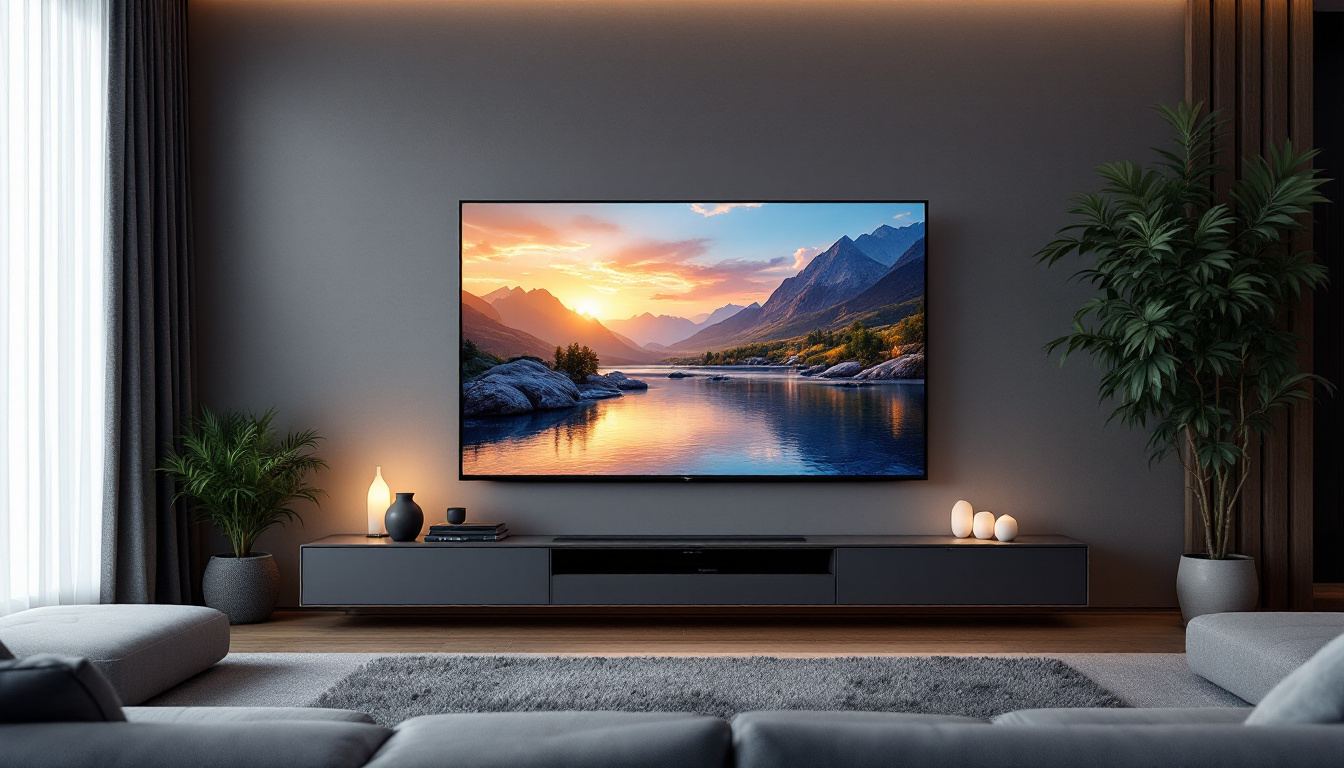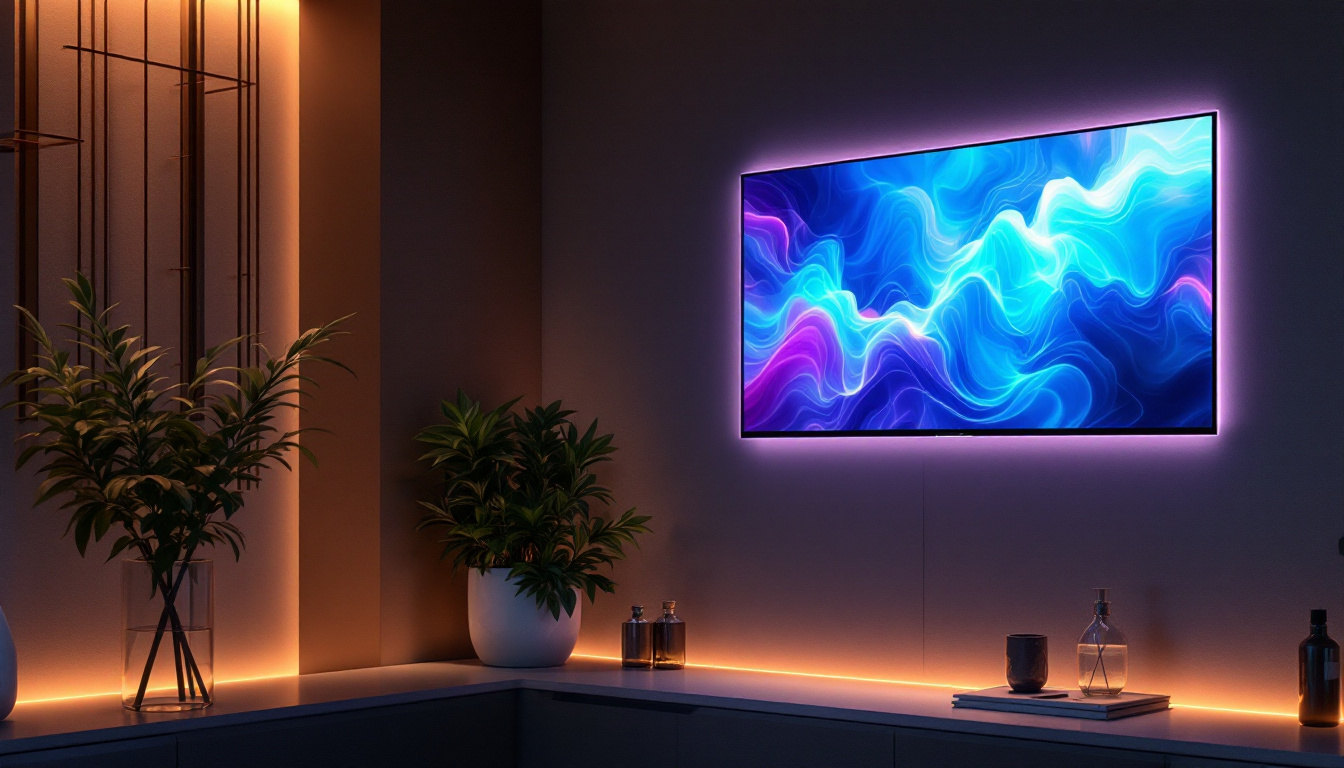In the rapidly evolving world of visual technology, LED displays have emerged as a game-changer, transforming the way information and entertainment are presented. Among the various types of LED displays, the led film screen stands out for its versatility and innovative design. This article delves into the intricacies of LED displays, focusing on led film screens, their applications, advantages, and future prospects.
What is an LED Film Screen?
An LED film screen is a lightweight, flexible display technology that utilizes light-emitting diodes (LEDs) to create vibrant and dynamic visuals. Unlike traditional LED screens, which are often rigid and bulky, led film screens are designed to be thin and adaptable, making them suitable for a variety of environments and applications.
Construction and Design
The construction of an LED film screen involves a series of tiny LEDs arranged in a matrix format. These LEDs emit light in various colors, which combine to form images and videos. The flexible nature of the film allows it to be bent or shaped, enabling creative installations that can conform to different surfaces and structures.
Typically, led film screens are made from a thin layer of polymer or plastic, which houses the LED components. This design not only reduces weight but also enhances durability, making them ideal for both indoor and outdoor use.
How LED Film Screens Work
LED film screens operate by controlling the brightness and color of individual LEDs. Each LED can be turned on or off and can emit different intensities of light, allowing for a wide range of colors. The combination of these individual light sources creates the full spectrum of colors visible on the screen.
The technology behind these screens often involves advanced circuitry and software that manage the display’s performance. This includes everything from image processing to color calibration, ensuring that the visuals are sharp, vibrant, and true to life.
Applications of LED Film Screens
LED film screens have found their place in numerous industries due to their flexibility and high-quality output. Their applications span across various fields, including advertising, entertainment, and information dissemination.
Advertising and Marketing
In the realm of advertising, led film screens are increasingly used for dynamic billboards and storefront displays. Their ability to display high-resolution images and videos makes them an attractive option for marketers looking to capture consumer attention. These screens can be easily updated with new content, allowing businesses to adapt their messaging quickly and effectively.
Moreover, the lightweight and flexible nature of led film screens enables creative installations that can fit into unconventional spaces, enhancing the overall aesthetic of a location while delivering impactful marketing messages.
Entertainment Industry
The entertainment industry has embraced led film screens for concerts, theater productions, and events. Their flexibility allows for innovative stage designs, where screens can be wrapped around structures or used as backdrops that change dynamically throughout a performance. This capability enhances the audience’s experience, creating immersive environments that engage viewers on multiple sensory levels.
In addition, led film screens are used in film production, providing a versatile solution for creating realistic backgrounds and environments. This technology allows filmmakers to project high-quality visuals in real-time, reducing the need for extensive post-production work.
Information Displays
LED film screens are also utilized in information dissemination, such as in airports, train stations, and public spaces. These displays can provide real-time updates, directions, and announcements, ensuring that the public is well-informed. The ability to display clear, bright visuals in various lighting conditions makes them ideal for high-traffic areas.
Furthermore, their flexibility allows for creative installations in unconventional spaces, such as curved walls or ceilings, maximizing visibility and engagement.
Advantages of LED Film Screens
The rise in popularity of led film screens can be attributed to several advantages they offer over traditional display technologies. These benefits make them a preferred choice for many applications.
High-Quality Visuals
One of the most significant advantages of led film screens is their ability to produce high-quality visuals. The individual LEDs can emit bright, vibrant colors, resulting in sharp images and videos. This quality is particularly important in environments where visibility is crucial, such as outdoor advertising or live events.
Additionally, the contrast ratio of LED displays is typically superior to that of traditional LCD screens, ensuring that images remain clear and vivid even in challenging lighting conditions.
Flexibility and Versatility
The flexibility of led film screens allows for a wide range of applications and installations. They can be easily shaped to fit various surfaces, making them ideal for creative designs and custom setups. This versatility extends to both indoor and outdoor environments, where they can be used in settings ranging from retail spaces to large-scale events.
Moreover, the lightweight nature of these screens simplifies installation and transportation, reducing costs and logistical challenges for businesses and event organizers.
Energy Efficiency
LED technology is known for its energy efficiency, and led film screens are no exception. Compared to traditional display technologies, LED screens consume significantly less power, making them a more sustainable choice. This energy efficiency not only reduces operational costs but also contributes to a lower carbon footprint, aligning with the growing emphasis on sustainability in various industries.
Furthermore, the longevity of LED components means that these screens have a longer lifespan, further enhancing their cost-effectiveness over time.
Challenges and Considerations
While led film screens offer numerous advantages, there are also challenges and considerations that potential users should be aware of. Understanding these factors can help in making informed decisions when selecting display technologies.
Cost Factors
One of the primary considerations when investing in led film screens is the initial cost. While prices have decreased over the years, high-quality LED displays can still represent a significant investment for businesses. It is essential to evaluate the long-term benefits and potential return on investment when considering this technology.
Additionally, the costs associated with installation and maintenance should also be factored into the overall budget. While the energy efficiency of LED screens can lead to savings over time, the upfront expenses may require careful financial planning.
Environmental Impact
Although LED technology is generally more environmentally friendly than other display options, it is essential to consider the broader environmental impact of manufacturing and disposing of electronic components. Proper recycling and disposal practices should be implemented to minimize waste and ensure that harmful materials do not enter landfills.
As the demand for LED technology continues to grow, manufacturers are increasingly focusing on sustainable practices, including the use of recyclable materials and energy-efficient production methods. Supporting companies that prioritize sustainability can help mitigate environmental concerns associated with LED displays.
Technological Advancements
The field of LED technology is constantly evolving, with new advancements emerging regularly. Staying informed about the latest developments can be challenging, but it is crucial for businesses and consumers to keep up with trends to make the best choices for their needs.
Emerging technologies, such as microLED and OLED, are gaining traction and may offer alternatives to traditional LED displays. Understanding the differences between these technologies and their potential applications can help users make informed decisions about which display solutions best suit their requirements.
The Future of LED Film Screens
The future of LED film screens appears promising, with ongoing advancements in technology and increasing demand across various sectors. As businesses continue to seek innovative ways to engage customers and enhance experiences, LED film screens are likely to play a significant role in shaping visual communication strategies.
Integration with Smart Technology
One of the most exciting prospects for the future of LED film screens is their integration with smart technology. As the Internet of Things (IoT) continues to expand, the ability to connect LED displays to other devices and systems will enable more dynamic and interactive experiences.
For instance, smart LED screens could be programmed to respond to environmental factors, such as changing lighting conditions or audience engagement levels. This adaptability would enhance the effectiveness of advertising and information displays, creating a more personalized experience for viewers.
Enhanced Interactivity
As technology continues to advance, the potential for enhanced interactivity with LED film screens is vast. Future developments may include touch-sensitive surfaces or augmented reality (AR) capabilities, allowing users to engage with the content in new and exciting ways.
This interactivity could revolutionize marketing strategies, enabling brands to create immersive experiences that captivate audiences and foster deeper connections. The incorporation of gamification elements could also encourage user participation, making advertising more engaging and effective.
Broader Adoption Across Industries
As the technology becomes more accessible and affordable, it is anticipated that LED film screens will see broader adoption across various industries. From retail and hospitality to education and healthcare, the versatility of these displays can cater to diverse needs and applications.
Moreover, as more businesses recognize the value of high-quality visual communication, the demand for LED film screens is expected to grow, leading to further innovations and improvements in technology.
Conclusion
LED film screens represent a significant advancement in display technology, offering a unique combination of flexibility, high-quality visuals, and energy efficiency. Their applications span across various industries, making them a versatile choice for businesses looking to enhance their visual communication strategies.
While there are challenges and considerations to keep in mind, the advantages of LED film screens often outweigh the drawbacks. As technology continues to evolve, the future of LED displays looks bright, with exciting possibilities for interactivity and integration with smart technology.
In an increasingly visual world, led film screens are poised to play a pivotal role in shaping how information and experiences are presented, making them an essential tool for businesses and organizations aiming to engage their audiences effectively.
Discover LumenMatrix LED Display Solutions
Ready to elevate your visual communication with the flexibility, vibrancy, and efficiency of LED film screens? LumenMatrix is at the forefront of LED display innovation, offering a wide array of solutions tailored to your unique needs. From captivating Indoor LED Wall Displays to dynamic Outdoor LED Wall Displays, and from mobile Vehicle LED Displays to interactive Floor LED Displays, our products are designed to make your brand stand out. Embrace the future of digital signage with LumenMatrix and create experiences that resonate with your audience. Check out LumenMatrix LED Display Solutions today and transform your visual storytelling.

